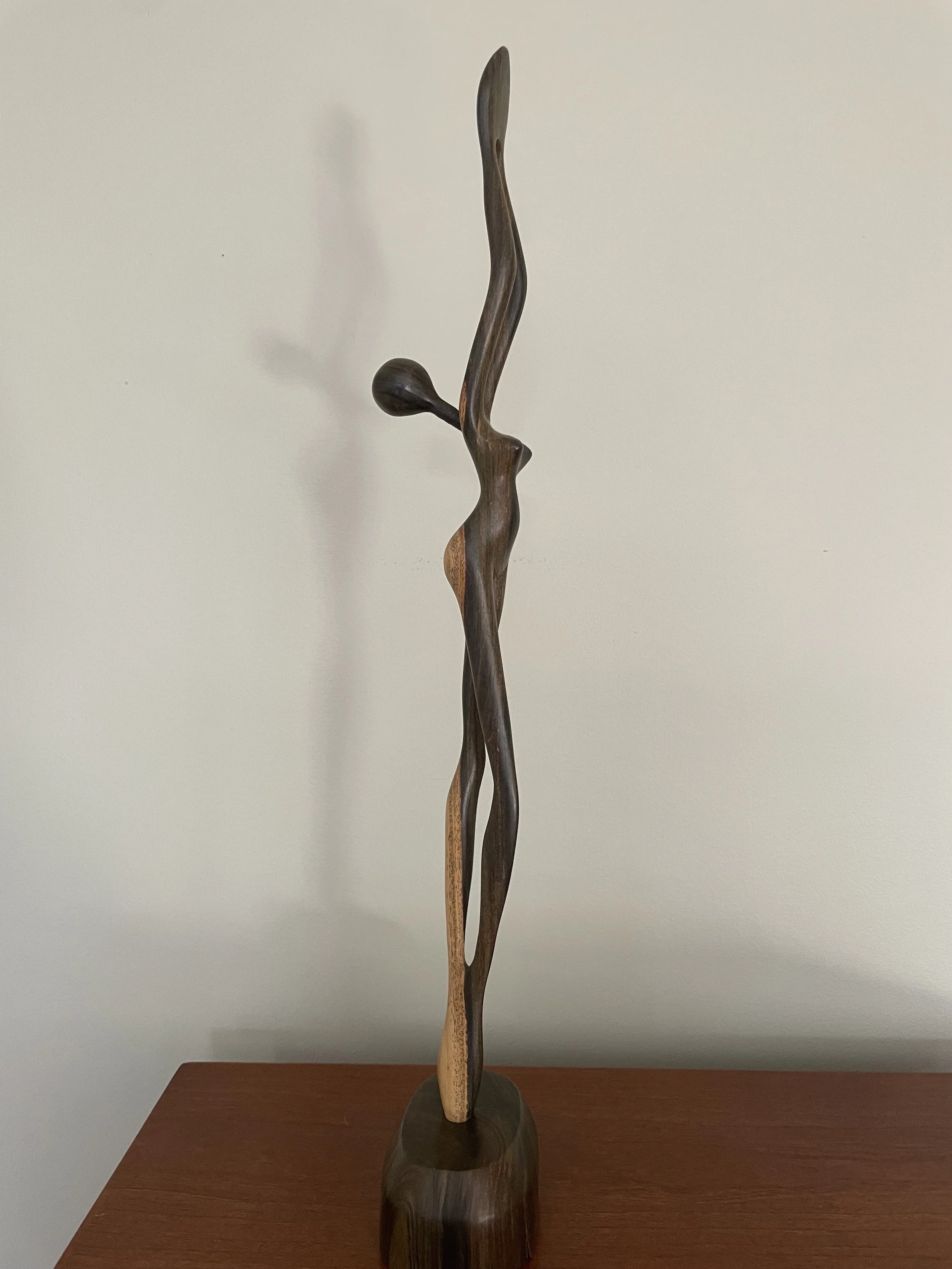Setting...Creating Your Story's World
by Nancy Sackheim
A story's setting is its location, including immediate surroundings. And so much more. It's the where, the when, and often the how and why of your story.
There are countless books and articles providing guidance on setting:
· How to describe setting
· Don't describe setting
· Describe setting with all your senses
· Describe setting with one sense
· Describe setting from one POV
· Describe setting from multiple POV's
In Writer's Edit, Daniel Murphy writes, "If your story happens in a real place, be sure to research that place. Many readers love to read about towns and cities where they have lived or places they have visited. It is essential, therefore, that you get your facts straight... spend time in your setting. Absorb the sounds, the sights, the smells and the feelings caused by your environment. Be there at different times of the day. A city street at nine o’clock in the morning on a weekday looks very different on a Saturday night. "
If you are unable to spend time in your setting, resources abound. Google Maps Street View is invaluable for exterior settings. For interiors, check out real estate sites such as Zillow and Redfin. Floor plans abound, along with every possible interior configurations. You can virtually walk through a setting of your choice. If you struggle with detail, pick a house, pick a room. Everything is right there, down to a closet's contents in some cases.
If your setting is imaginary, you may want to draw your own floor plan and make extensive notes in excruciating detail. Details, real or imagined provide richness and make your story more believable to the reader. Once you've done your writer's homework, write your story, incorporating setting in whatever manner you choose.





